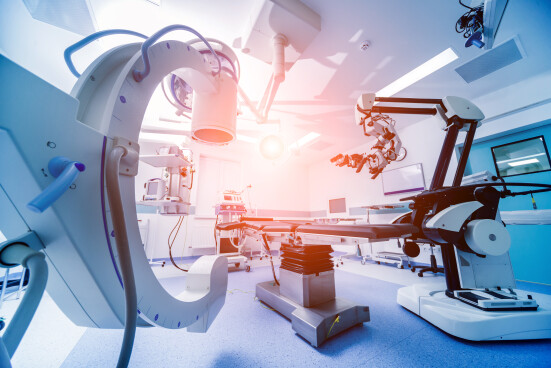As the world becomes increasingly reliant on technology, it’s no surprise that the healthcare industry is also experiencing a significant shift in how it operates.

Medical devices and tools have always been critical to patient care, but with advancements in technology, the game is changing. From wearables to telemedicine, technology is transforming how we diagnose and treat illnesses.
In this post, we’ll explore how technology is changing the game for medical devices and tools, and how it’s improving patient outcomes.
Table of Contents
Wearable Technology
In this “Wearable technology” has been a hot topic in recent years, and for good reason. Wearable devices, such as smartwatches and fitness trackers, are now being used to monitor patient health in real-time. These devices can track heart rate, blood pressure, and even sleep patterns. This data can be used to identify potential health issues early on, allowing healthcare professionals to intervene before the condition worsens.
One such example is the Apple Watch Series 6, which has a blood oxygen sensor that measures the amount of oxygen in your blood. This feature can be particularly useful for patients with respiratory issues, such as asthma or chronic obstructive pulmonary disease (COPD).
Robotics
Robotics is another area where technology is having a significant impact on medical devices and tools. Surgeons are using robots to perform surgeries and other medical procedures with greater precision and accuracy. They can also be used for tasks such as drug dispensing and sample collection.
The da Vinci Surgical System is an example of a medical robot that surgeons use to perform minimally invasive surgeries. The system allows surgeons to operate with greater precision and control, resulting in shorter recovery times for patients.
Telemedicine
Telemedicine is the use of technology to provide healthcare services remotely. This includes virtual consultations, remote monitoring, and even remote surgeries. Telemedicine has been around for some time, but it’s becoming increasingly popular due to the COVID-19 pandemic.
Telemedicine has numerous benefits, including increased access to healthcare for patients in remote areas, reduced wait times, and improved efficiency for healthcare providers.
Artificial Intelligence (AI)
Artificial Intelligence (AI) is becoming more prevalent in healthcare. And it’s changing the game for medical devices and tools. Healthcare professionals can use AI to analyze patient data and identify potential health issues early on. They can also utilize AI to assist with medical procedures, such as surgeries.
One example of AI in healthcare is the IBM Watson Health platform. Which uses machine learning algorithms to analyze medical data and provide insights to healthcare professionals. This can help doctors make more informed decisions about patient care.
Conclusion
Technology is revolutionizing the healthcare industry, and medical devices and tools are at the forefront of this transformation. Wearable technology, robotics, telemedicine, and AI are just a few examples. How technology is improving patient outcomes and changing the game for healthcare providers. As technology continues to evolve, we can expect to see even more advancements in medical devices and tools.

